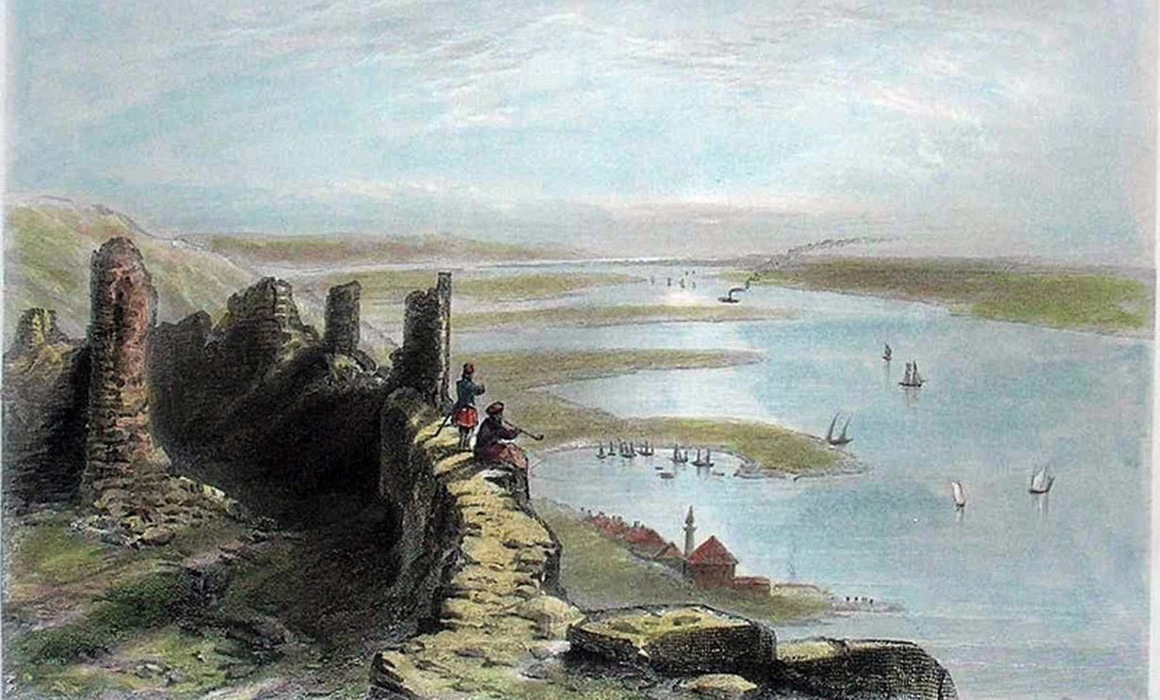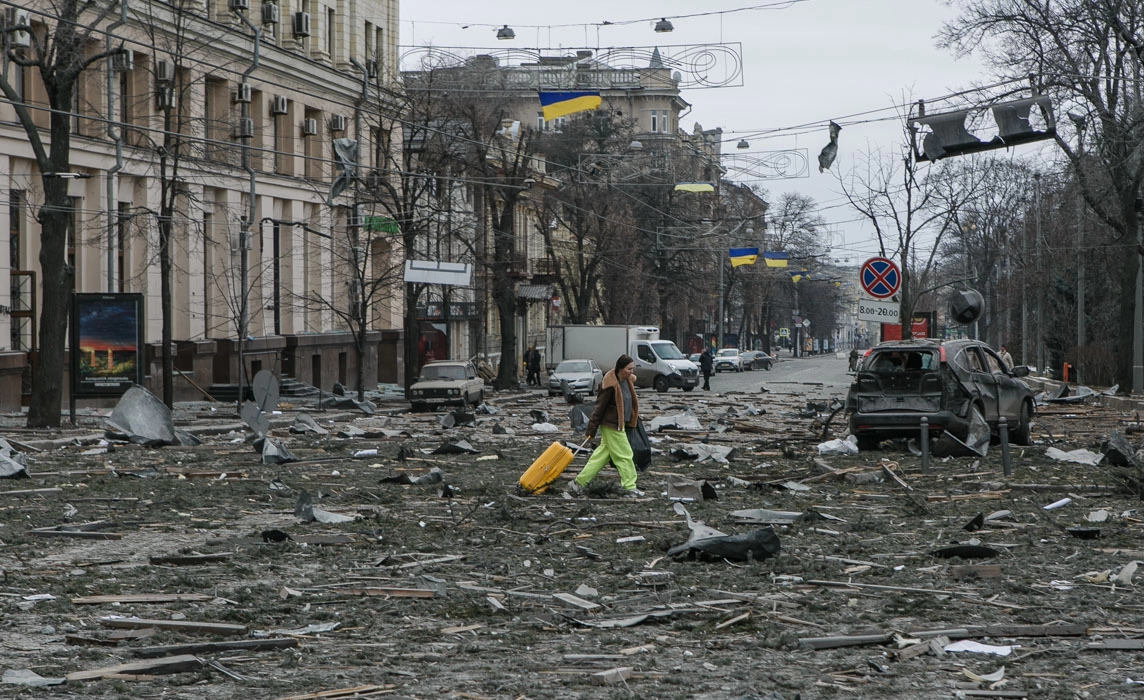For a long time, I knew more about the life of Polynesian women than about the history of the women who lived on the territory known as Romania for the past 100 years. The literature that was available would hardly touch upon the subject, or at best, cram it between the covers of papers that have been making generations of book worms fat. Nicoleta Roman, researcher at the “Nicolae Iorga” Institute of History, is one of those people who fill a knowledge gap, through her investigation inside the storage facilities, cubbyholes and cellars of social history.
„Deznădăjduită muiere n-au fost ca mine”. Femei, onoare și păcat în Valahia secolului al XIX-lea is the title of Nicoleta Roman’s book published at Humanitas, based on her doctorate thesis. As I was reading it, I found that it acted as a guide to better understand the present we live in: in this little corner of the world, how did the woman become more than just man’s other half with no rights? How were the first the divorces made possible? What were the first jobs that women had in the public sector? I talked to Nicoleta about her book, the conclusion of a long documentation process that navigated through bits and pieces of information written two centuries ago.
How hard was it to decipher the Romanian language spoken on this territory two centuries ago?
In today’s modern Romania, knowing the Cyrillic script, especially the transitional alphabets, represents a great advantage, just as Slavic, Latin or old Greek do for the Middle Ages. I’m no longer aware what the current curriculum is for colleges of history and archive, but it was in college that I began to learn the Cyrillic script and it all became easier through exercise. There was such a rich language to be found on Romania’s territory in the 19th century; the more you immerse yourself in the documents, the more you let yourself get influenced by it. The names of the women alone are simply delightful! We don’t have lots of Catinca, Sevastița, Despina, Rada, Arghira or Marghioala anymore, do we? Also, there are plenty of Turkish, French and Greek names that were available then and aren’t today, such as macherelă (matron) or nutrice (nanny); not to mention the words that describe relationships, seduction and pregnancy: a inamora (to fall in love), a fi în vorbă cu cineva (to end things), a o lăsa borțoasă or îngreunată (to get someone pregnant). It’s worth getting lost in the meaning of such timeworn words.
Your book isn’t just a women’s history, but a history of the modernization of our society, its laws and institutions. What common elements are there between the emancipation of women in Valahia and those in the Western countries in the 19th century?
In 19th century Romania, women were emancipating at the same rate as others were from various countries, through education and vocational training. When it comes to feminism, it starts to make itself present the same way it did with others, through the members of the up and coming bourgeoisie. For feminism’s second wave, though, the forerunners were the women of the aristocracy, such as Alexandrina Cantacuzino or Elena Văcărescu. Paradoxically, even though their social class made them privileged, they became the voices of the majority and ended up talking about women’s rights at Geneva, in the ’20s.
On the other hand, foreigners had a major role in the birth of the bourgeoisie and the modernization of the society. Maria Rosetti was a symbol of the revolutions of ’48 and one of the first women who started and was in command of a newspaper in our country (“Mother and child”), but we forget that she was English, a former governess for the Odobescu family, and only became a Romanian through marriage.
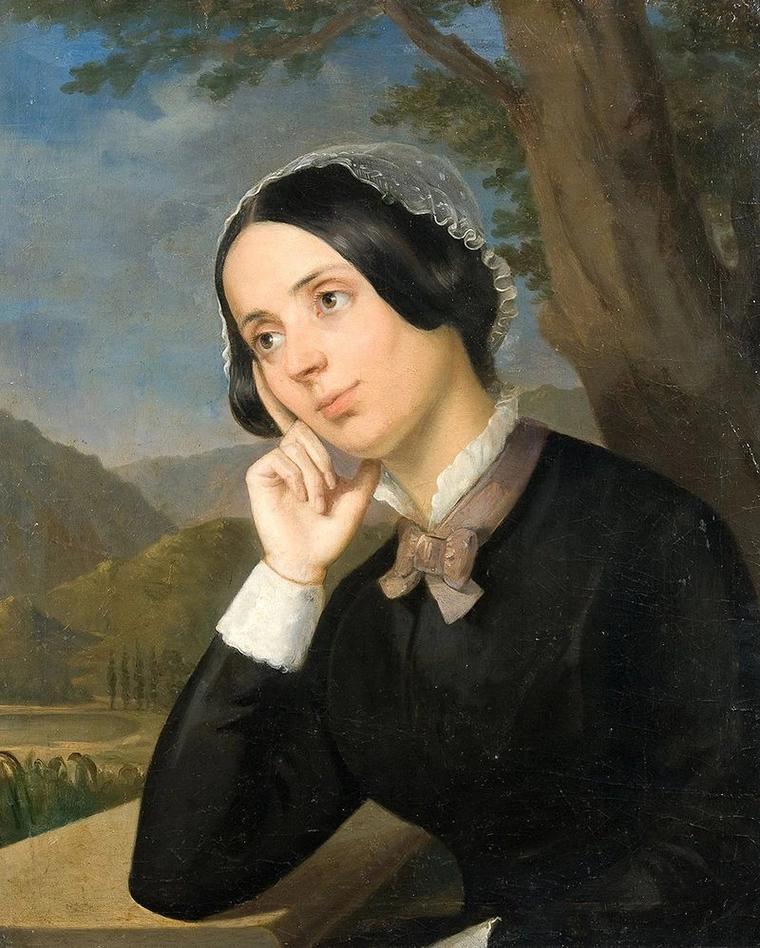
One thing that I found particularly interesting was the perception of the upper class women, specifically through their connections with the West and with more “civilized” influences. On one hand, they were considered a “perverting” tool of society, because they would easily adopt various fashions, and on the other hand, they were a channel that ensured an amount of synchronicity with the Western culture. Why the double standard of their sensibility to the West?
I think it’s only natural that this were the case. They belonged to a privileged class, with Western education, or almost Western education in the case of private teachers. Their subsequent occupations facilitated this type of contact; the oh-so hated Phanariotes and Russians were the ones who introduced French culture to us. Women are more curious by nature, more open to novelty and as mistresses of the house, they would organize events, receive and entertain guests, so it was only natural that they acted as broadcasters from the elite to the lower classes. They started wearing Western clothes, talked and wrote in French, adopted certain manners and behaviors and, as they say, they became trendy. These surface features lead to changes of substance with the association of parts of the male society.
It’s true that people would critique them, especially through foreign travelers, and claim that their hospitality would turn into intimacy and it would be swiftly concluded that the society of Romania was dissolute. There were two sides to this statement: one, that came about from the hard facts, such as matrimonial alliances with foreign citizens (Greeks, Russians, French) that had become very common practice for the elite in the time period that I studied, secularization and the granting of divorce, and the other, born out of the prejudice that as a country under the Ottoman Empire’s authority, its women should be more restrained than they appeared to be. Still, it was later indicated that the differences in ethics were quite minor and that to be a part of the Ottoman Empire didn’t mean that you needed to be Muslim, and as a woman, to wear a veil.
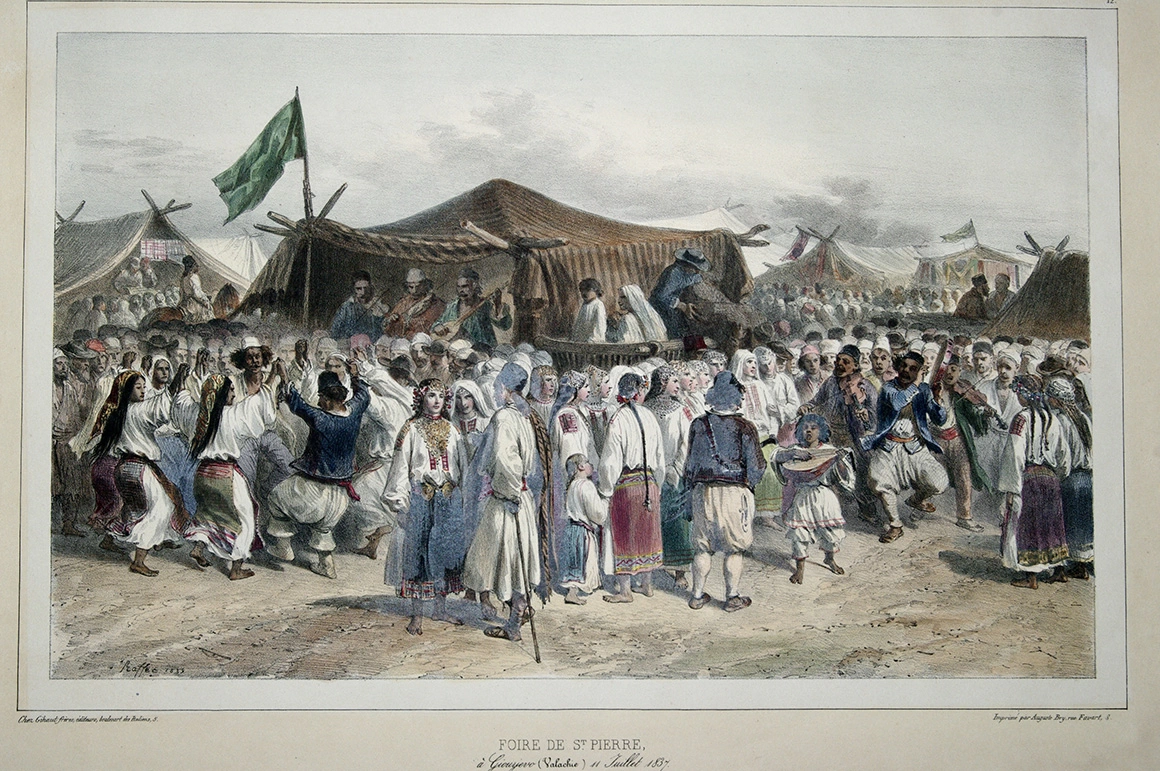
“As was the case with the boyars’ manor houses, there is a tendency to distance oneself from the neighbors by the presence of a small yard or a garden. But this living space independence was not complete, because in the city, the owners were forced to share their homes with the servants; the owners would occupy the upstairs and the servants, the downstairs. The number of servants would rise, as the owners’ social status increased; this, in turn would affect the economy of the household and even though the servants knew their status, they weren’t formal enough to be able to pass as rigid so as to keep the necessary distance in order for the respect given by the social status to remain untainted. While they were going about their businesses, hanging around or having fun as they did around the house, the servants were always present, absorbing information and sending it further with the first change they got. First, they sent it to the neighbors, with whom they would talk about what their owners did, and then to the authorities, if the spouses would end up in court. The rooms were close to one another, the doors were left ajar and all the corners of the house that had been, up to that point, shrouded in secrecy, would become perfect mediums for invading the privacy of the masters of the house, with the heightening of the senses and a play of lights and shadows. When the masters would talk, they thought nobody was listing, but by the time evening came, every single servant knew what they had talked about and by the next day, even those outside the family were up to date with the news. ”
It was so interesting to witness the way a system of surveillance and social control made up of family, neighbors, and acquaintances was being gradually instated. How did their role in the woman’s “surveillance” evolve from the beginning of the century to its end?
At the end of the 18th century and during the first part of the 19th century, the woman is defined only by her partner, through marriage. Because of the state and her luckier and wealthier sisters, the woman starts to define herself through her jobs; a job that first benefited the state, in the field of social assistance, medicine and homemaking. And then, she moves on to “manlier” professions, such as doctor, engineer or lawyer. All this means is that the woman is put under constant surveillance which begins in her private life and consequently flows over to the public life. This also entails that honor is a common denominator. Firstly, the honor that deals with her sexual life and encompasses the family. Secondly, the ethical and professional honor which affects the way she is perceived by those with whom she comes into contact and who determine her economic situation. And lastly, the religious flank, that deals with the woman as a good Christian. From these, we can extract her three monitoring agents: the family, the community and, by extension, the state (depending for whom she works for) and the church.
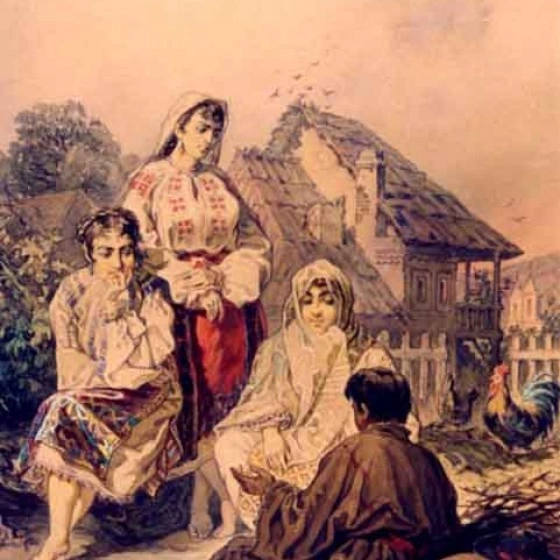
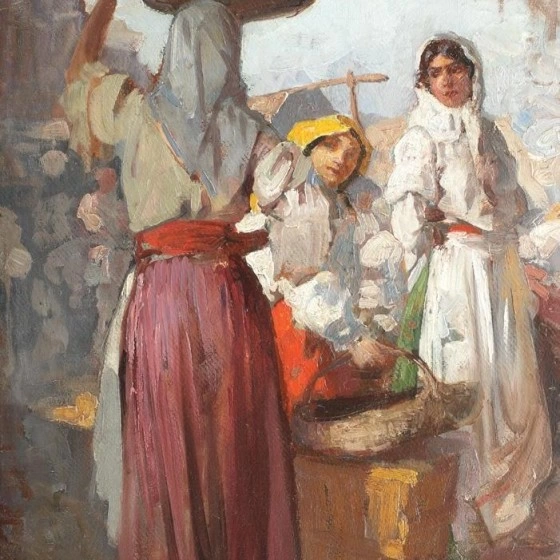
Another thing that caught my attention was the evolution of the idea of privacy.
Privacy is both regulated and unregulated by those who require it. It all depends on how much they abide by the social laws and how much information they leave out for others to see. Privacy is judged, commented upon and labeled by the press, which was only then emerging and because of special events in the life of all individuals (such as marriage, baptism, death, trails, etc.), privacy and everything that is personal simply disappears. In cases of divorce or custody, everything comes out in the open, everything is shared with the world, as family, neighbors, servants and occasional guests are witnesses to it all.
We could say that privacy which is controlled by the individual becomes very minimal in the 19th century with the rise of the press and the involvement of the state in the mundane and inside an increasing number of activity domains. At first, life’s special events get put in the newspapers as a means of regulating the behavior, of setting a negative example; but then the events become ordinary which lead to the existence of today’s tabloids where even the most common occurrences can make front page.
“The merchant couldn’t endure it anymore and testified in court about all about Paraschiva’s wicked behaviors, through the reports of the servants. Floarea, the handmaiden, recounted that Paraschiva started early on, in 1828, to have relations with a house servant, only to set her heart on master Costache who was in charge with the census and came to visit the masters. This last relationship had lasted for two years and was corroborated by an older, and thus more trustworthy, handmaiden, named “aunt” Dumitra. Floarea went on to relate that it hadn’t been just this boyar, but also the officer and commander who were living with the merchant’s father-in-law. After that, the ranks of the chosen partners started to decrease: a certain Dumitache from the house of Simion the Armenian, and another Visarion Ioniţă, brother-in-law of bookkeeper Nicolae. Then, it was Gheorghe, another servant, and Anastasie, the grocer, which Floarea exhibited how Paraschiva “veiled him under the bed until her man left””
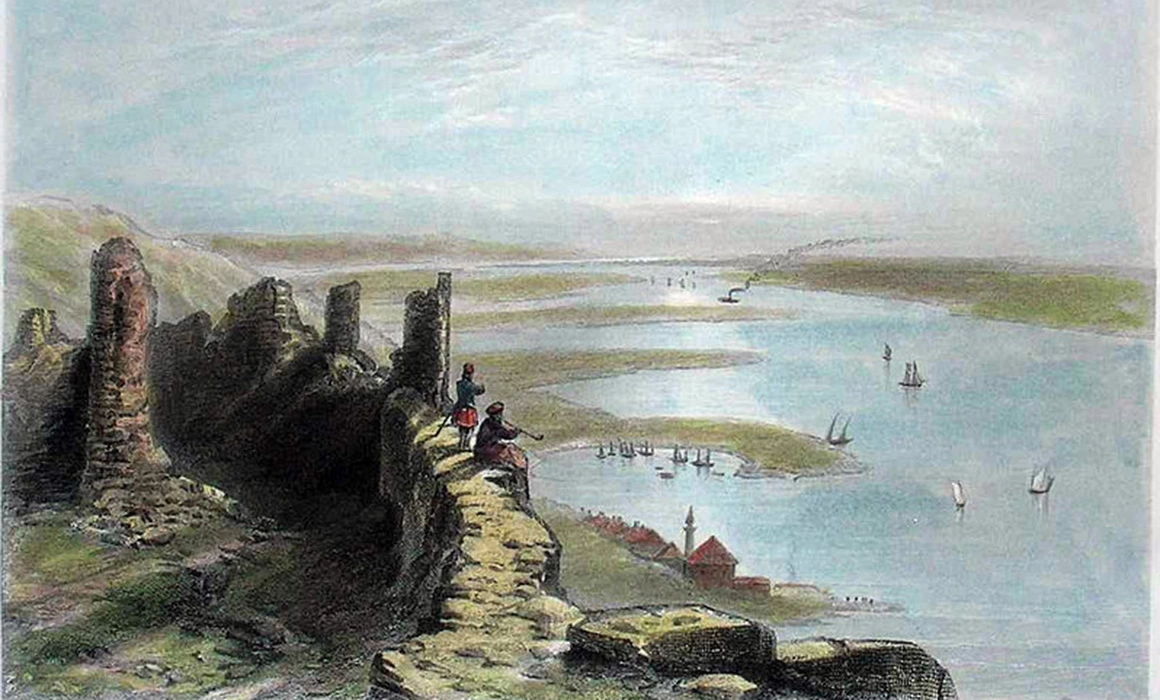
After having done extensive research, what do you now understand about the present day role of the Romanian woman?
No matter how modern we may think we are, the woman keeps claiming the traditional roles of the mother and wife and career fulfillment and recognition are always runner-ups. These traditional roles will always come first for most people. To be a respectable and fulfilled individual, first and foremost, means to be married.
Even though we are in the 21st century, even though there are women in public sectors and we live in a world where the woman has more and more power of decision (among the most obvious examples being Germany’s chancellor, Angela Merkel and US presidential candidate, Hillary Clinton), in Romania there is still a discrepancy between the two genders from a professional standpoint. It’s true that these aforementioned countries have their issues, but we can safely say that there is an advancement of women in the public sector.
Romania’s situation owes itself to a mentality where the derogatory word broad still exists. Where the idea that a woman’s place is in the kitchen and that only a single woman can have a successful career. Although we’re not too eager to admit it, in general, a woman must work almost twice as hard as a man in order to be acknowledged as a professional authority by the men around her. Things take even a sadder turn if the woman belongs to a minority, which brings with it even more prejudice.
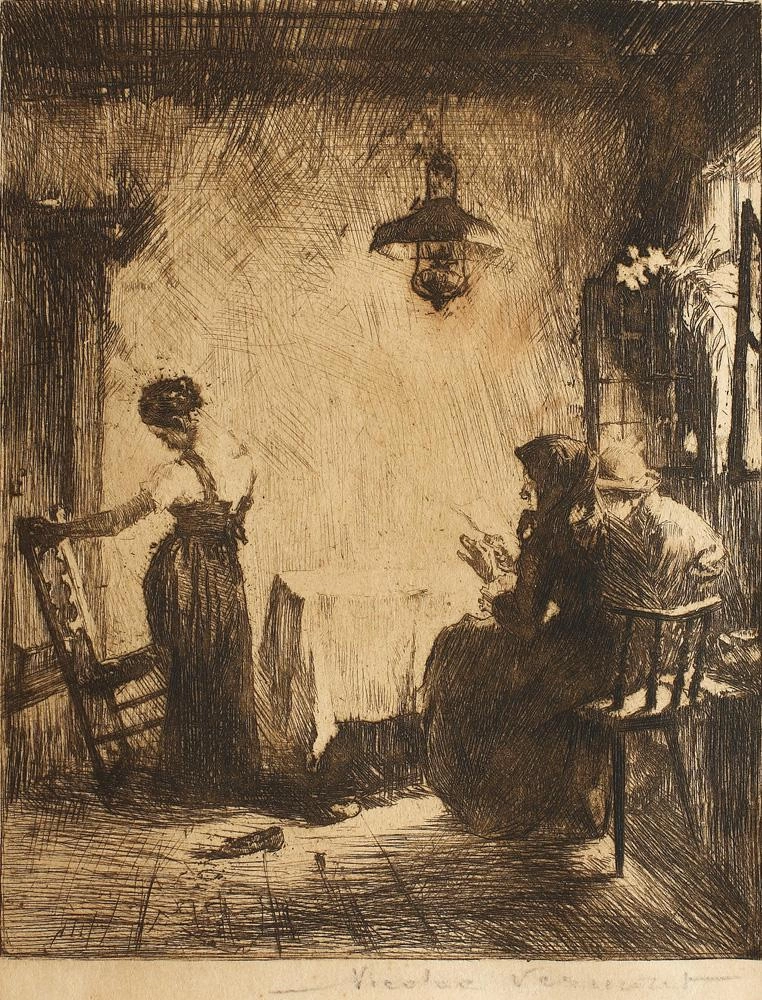
How do you explain the recent surge of interest for research into Romania’s past, revised for the general public? Recently, even old travel memoirs have been resuscitated, written by either Romanians abroad or foreigners in Romania.
I believe that the 90’s were decisive in removing scientific and ideological barriers. We had contact with a Western historiography that was advanced in domains that we had barely touched upon during the interwar period and which we were just now rediscovering or simply discovering them through the Western model.
More so, people are always interested in what others have to say about them. It helps them to place themselves in an imaginary; which is why travelers and travel memoirs have become part of the norm. This is not a new domain for the Romanian academia, as these types of documents have been published by the “Nicolae Iorga” Institute of History since the ’60s and ‘70s about both the Middle Ages and the modern age. But the end of the 19th century came with new challenges: the number of travelers increased, as did the number of accounts per traveler (editorials, books, memoirs, etc.); they became more reliable and their interest and associations in the Romanian space became more complex. This lead to a need for publishing documents in their entirety. Humanitas publishing house has already been following this tendency, publishing authors such as Ethel Pantazzi, James Ozanne or Maude Rea Parkinson. As for memoirs and journals, there has always been a market for them, because they offer a window into the mundane. They talk about the individual on the personal lever, at times with humor, or with severity, which makes the readers become more empathic to the author.
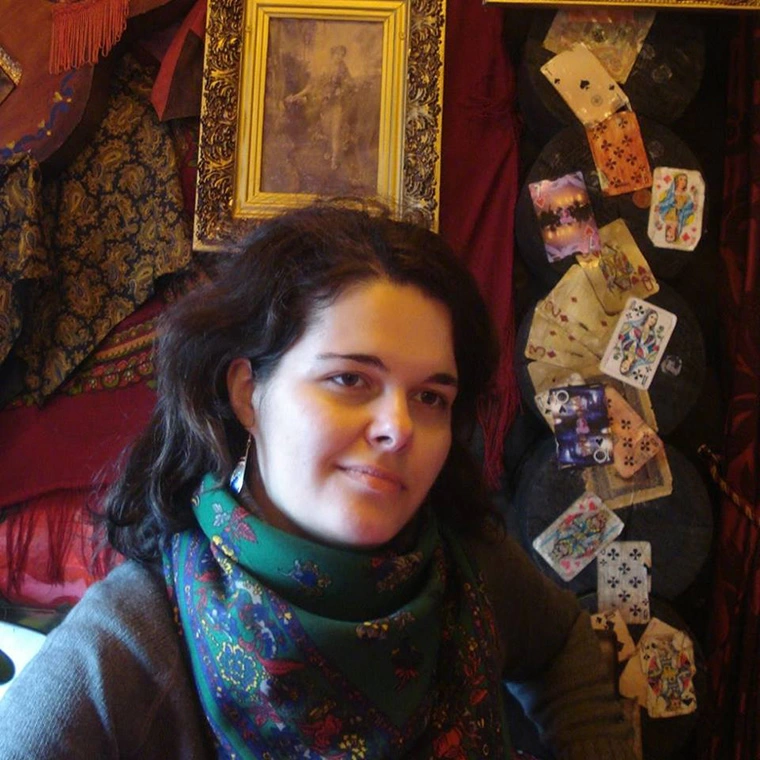
Your book is the result of a long and arduous work for your doctorate thesis. How have you, as a researcher, seen the recent scandals about fraudulent doctorate degrees?
I know that for a vast category of people, a doctorate degree is viewed as just another diploma, one that gets you a bonus, that helps you get that promotion you wanted, or that adds another notch on your belt; it makes you cool, so to speak. But, in the academic world, things are or at least they should be, completely different; a doctorate’s degree is not a piece of paper to file away in a cabinet or to hang on your wall for the world to see. And, under no circumstances, is it the result of a swift research done in a year or two, with major contributions from other individuals. It is an exam of one’s scientific maturity, where you get to show your worth as a researcher; where your subsequent academic contributions need to be at least on the same par as your thesis. This is where the pressure and the constant need of validation stems from. This pursuit of doctorate’s degrees and the existence of either fake ones or hasted papers only discredits the Romanian academia and makes it appear corrupt, laughable and suspicious. And that shouldn’t be the case. Personally, I believe that we could all benefit from the type of cleanings that housewives do before Easter: dusting, burning the garbage in the backyard, painting the tree trunks white, washing up and polishing everything; every single spot, without exception, regardless if it’s on ground floor, the upstairs, the balcony or the orchard. We simply cannot talk about what others have in their backyard without taking a good, hard look in our own. The same applies for all the doctorate degrees that have a question mark hanging above them. This spring cleaning should start with each and every institution, and should include those individuals who vouch for these types of degrees.
